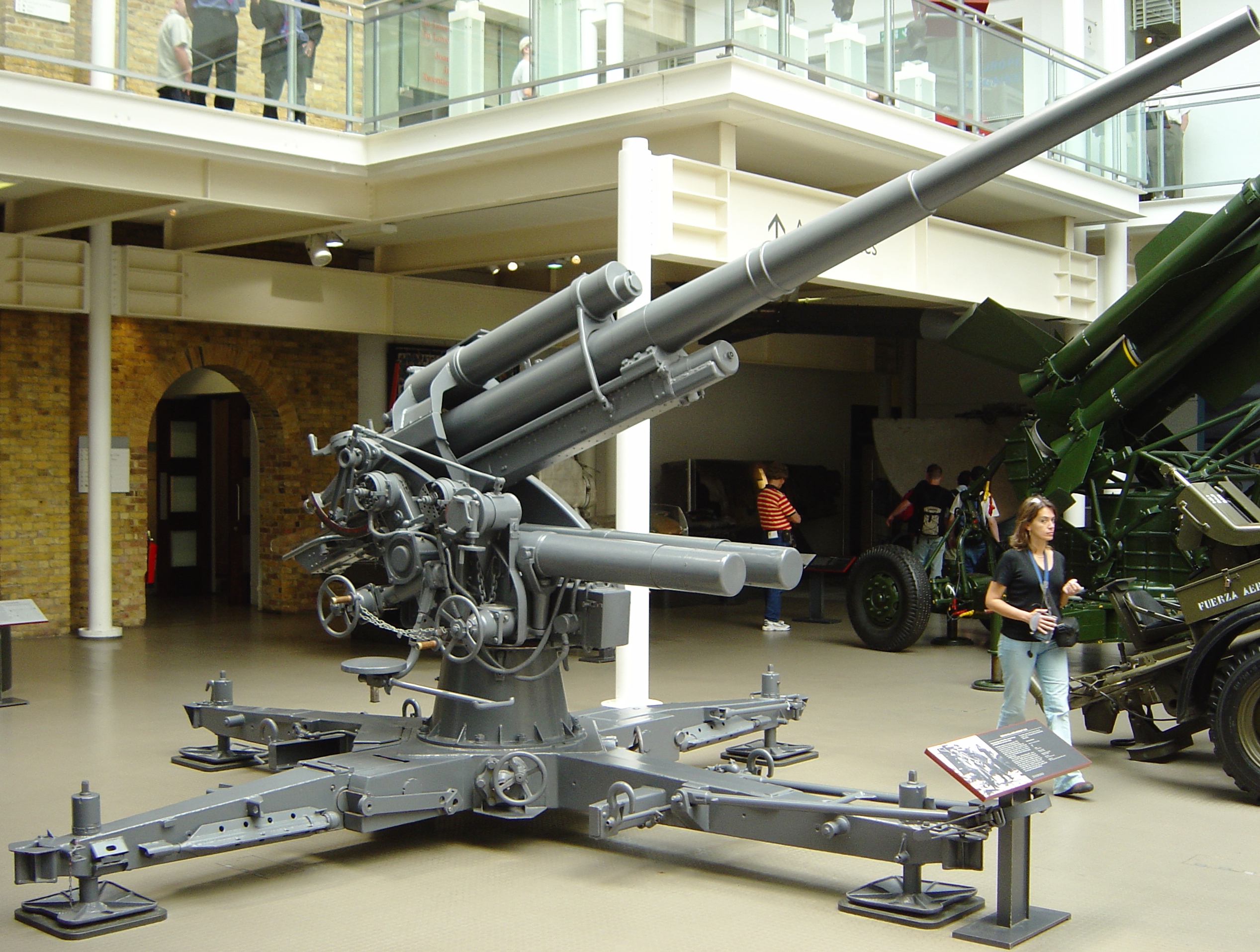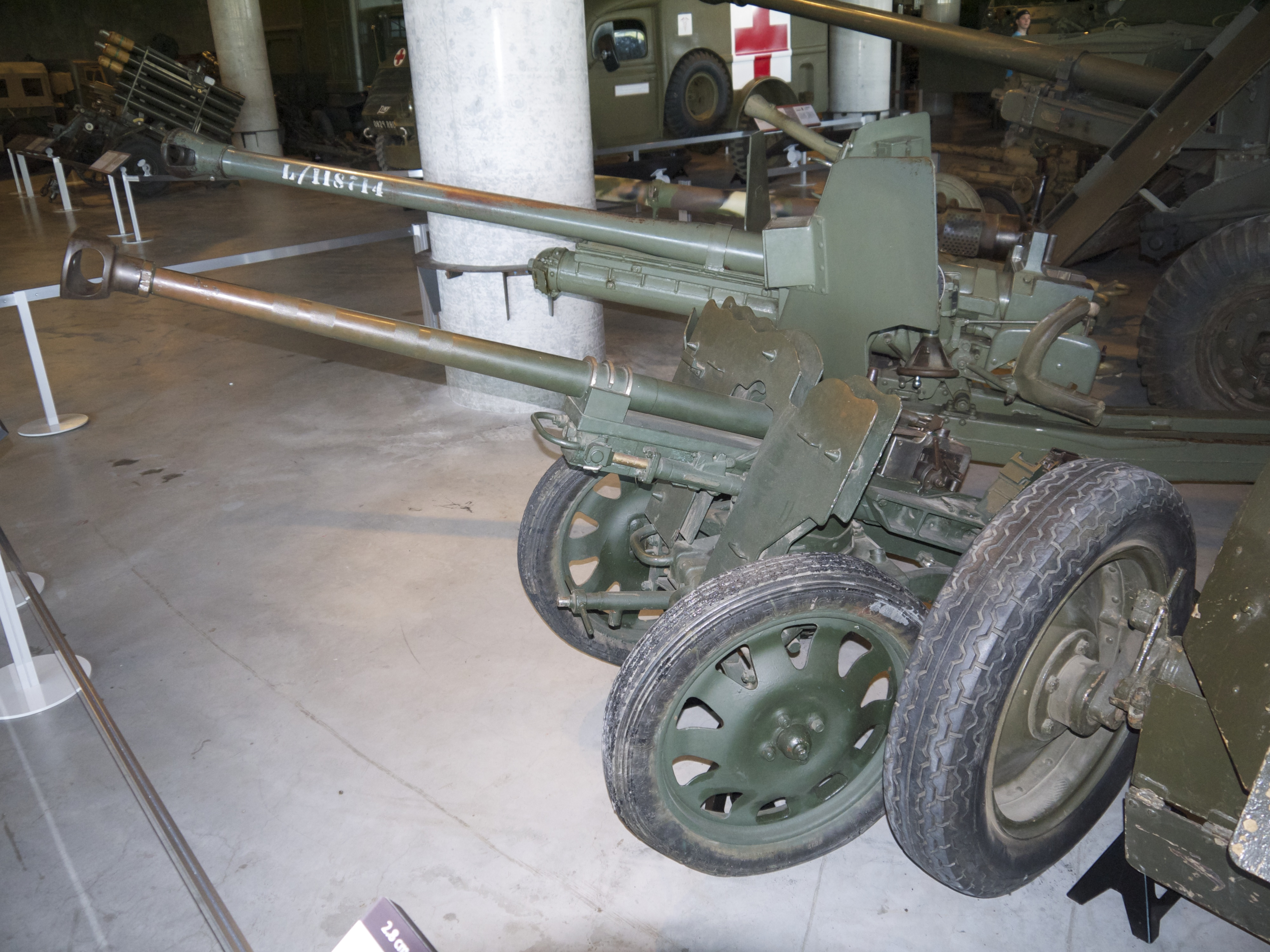Now, the real question is: Does France have enough IC to complete its historical OOB before its historical surrender date? France built a LOT of ships in the pre-war years, and when I tried to do the same I didn't have anywhere near enough IC to build even the light cruisers, let alone the battleships and other things France built.
The challenge could be extended to other countries as well, namely the UK, Italy, and Japan. Italy is do-able if you focus on the navy; its starting army is large enough for what you need it to do so you really only need to reorganize it rather than expand it (note I don't know what Italy's actual ground and air production was). I think Japan and the UK might not have enough for them to build what they really built, which might be due to low starting practicals too.
France is triple screwed, actually. They have insufficient IC at the start. But their starting army is also not nearly big enough (unless I misread their OOB). They are also short manpower, so even if you had the IC, you'd not be able to conscript enough men to staff the divisions they don't even have.
I've run France a number of times, but I can barely scrape by when put the entire IC of the country into the army. A navy too? Nah, that ain't happening.
Regarding Japan: I can do some interesting things with Japan, but they all assume that I completely conquer Nat. China within 24 months (usually sooner). I also always assume that a substantial portion of Japan's OOB is composed of MIL. I might have a 50,000 men sitting at Truk, but they aren't all Marines. Depending on how you work the army OOB, you might be able to get the historical ships in the water. If you can do the bare minimum and protect your shipping lanes, I see no reason your HOI3 Japan has to suffer resource deficits that cause IC collapse later in the war, either.
I guess testing Japan would require determining just what the IJA looked like at various points in the war and building that. The problem is that, unlike the USA, I can't really isolate Japan for testing purposes. China is sitting right there. I suppose you could just seize the coast, but that doesn't make for a good test, either, because the IJA won't suffer damage that must be reinforced. And the campaign in China was a serious drain on Japanese resources.
As for the UK, testing would be easier. The practicals might get you in the long run, but I suspect that 1945 production targets could be met. You wouldn't have the right assets in place for 1939, though. I am 99% certain of that.




